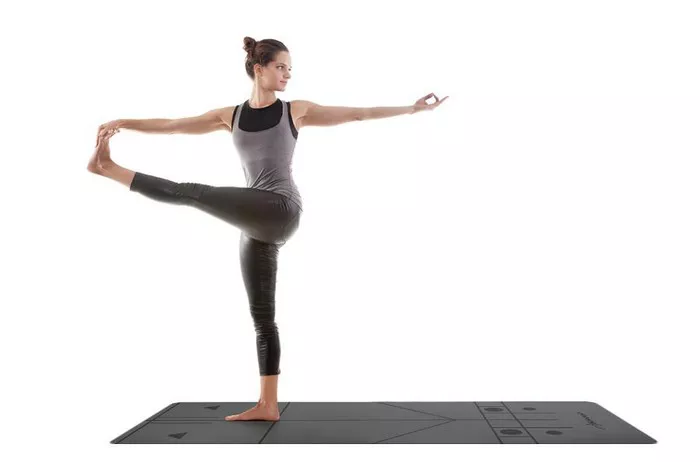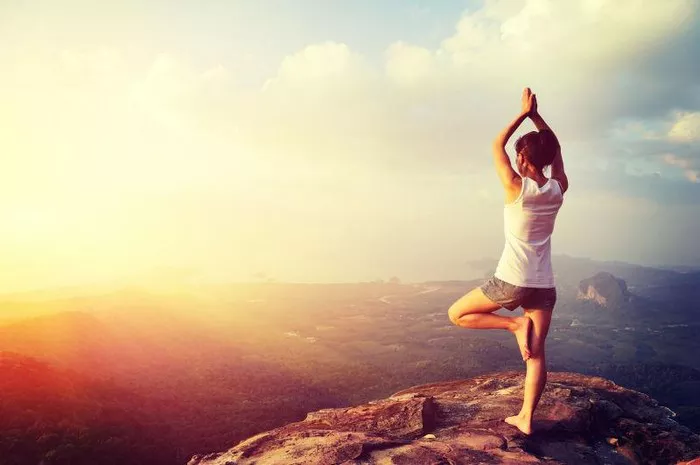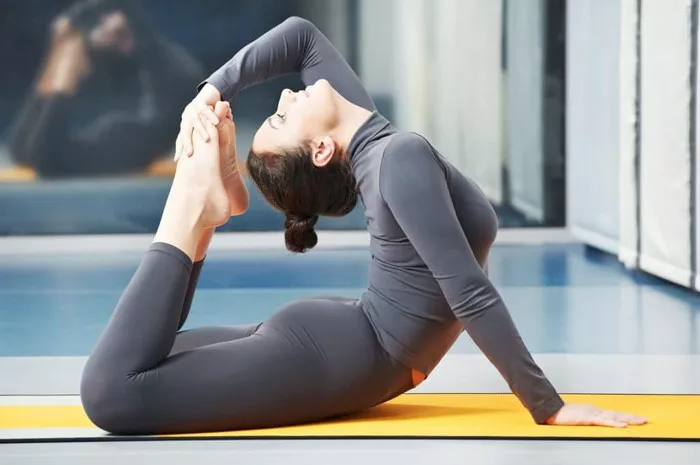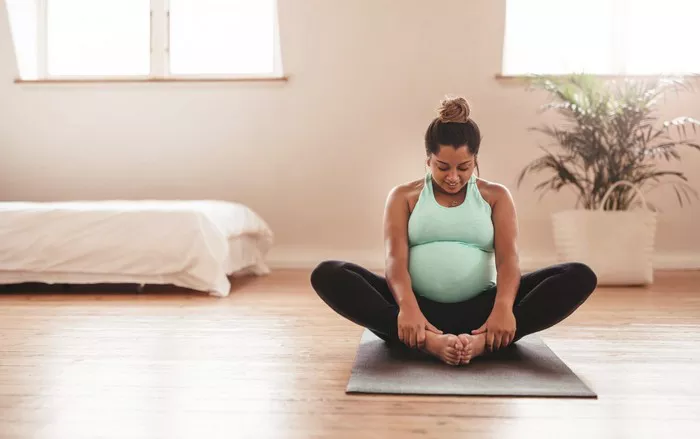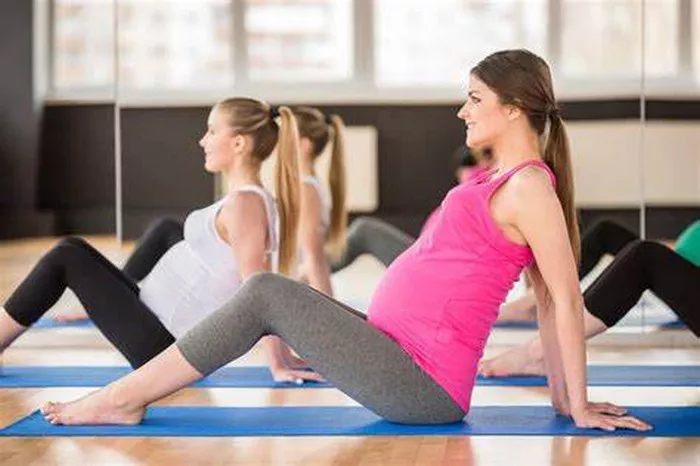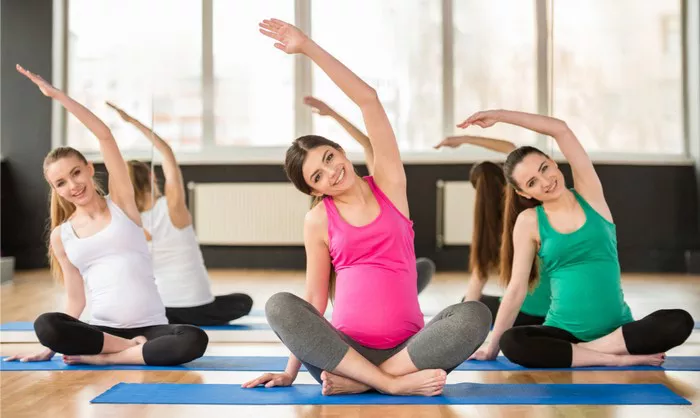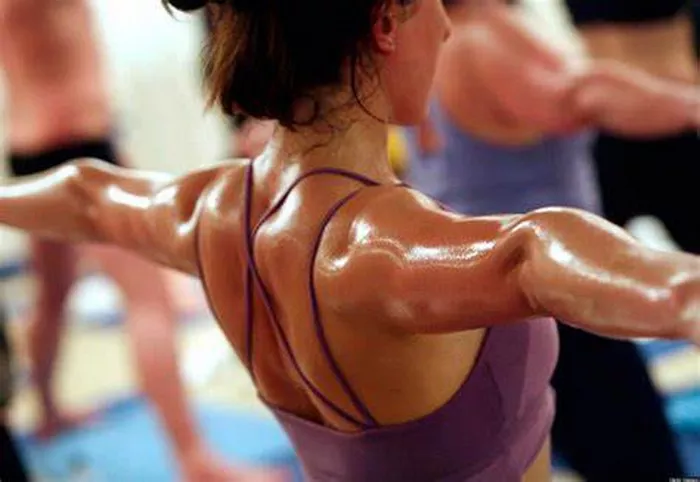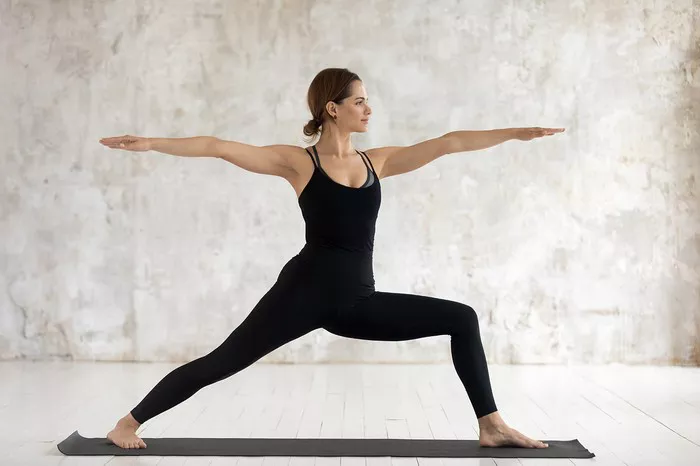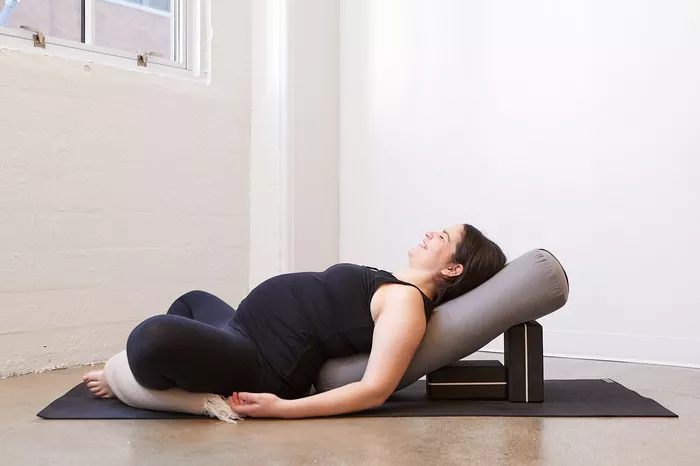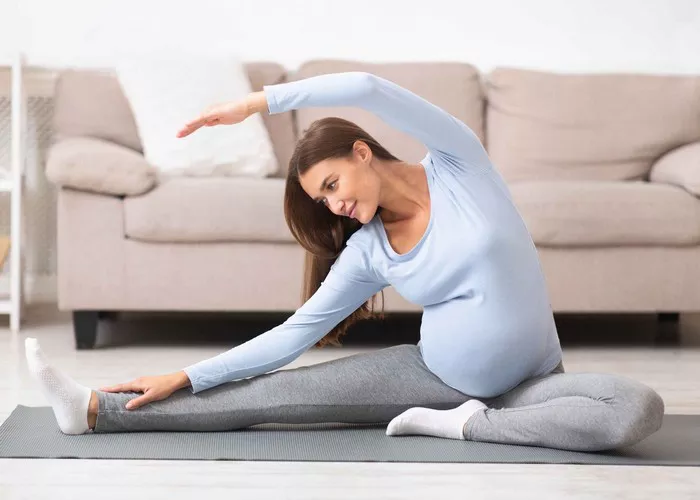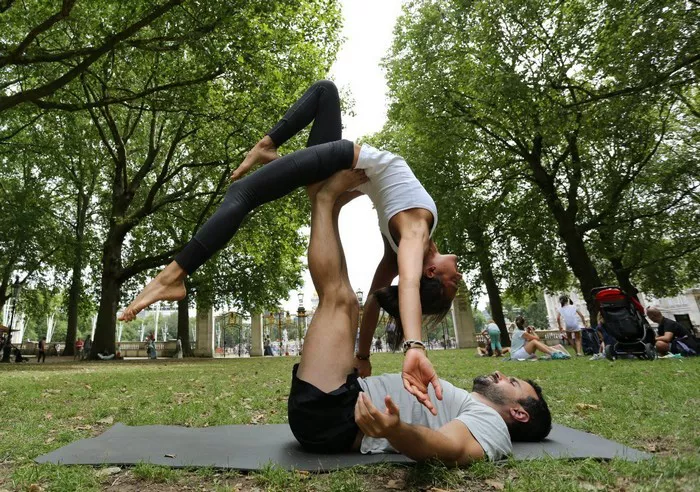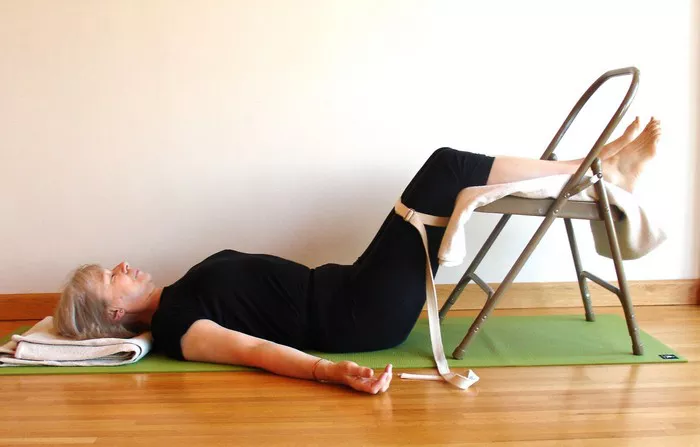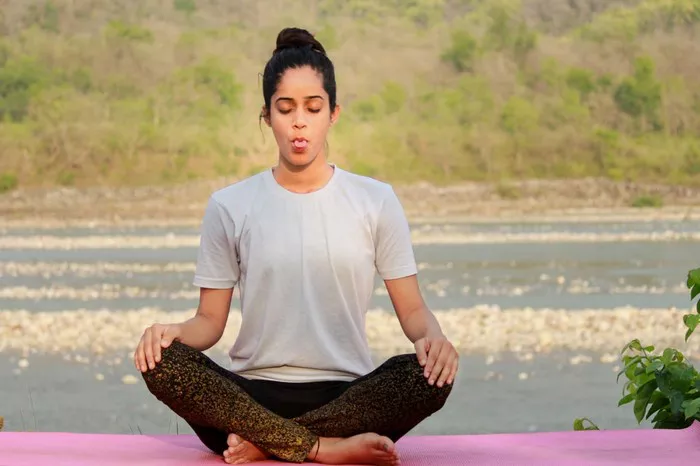Aerial yoga, also known as anti-gravity yoga, is a dynamic and exciting form of exercise that combines traditional yoga poses with the use of a hammock or aerial silk. This practice has gained popularity in recent years due to its ability to enhance strength, flexibility, and balance, while also offering a unique experience of being suspended in the air. As more individuals venture into aerial yoga classes, they often wonder about the proper attire, especially when it comes to the question: Should I wear socks for aerial yoga?
This article will dive deep into this question, exploring the reasons why some people choose to wear socks during aerial yoga, the benefits of going sock-free, and the considerations that can help you make an informed decision about your attire. As an experienced yoga instructor, I will share insights from my years of practice to help you make the best choice for your aerial yoga sessions.
Understanding Aerial Yoga
Before addressing the issue of socks, it’s essential to understand the basics of aerial yoga. Unlike traditional yoga, where you perform poses on a mat, aerial yoga involves using a hammock (or silk) that is suspended from the ceiling. This hammock supports your body during various poses, allowing you to experience a different type of stretch and resistance that isn’t possible on the floor.
Aerial yoga offers numerous benefits:
- Improved Flexibility: The suspension in the hammock allows you to deepen stretches that would be difficult to achieve on a mat.
- Increased Strength: Holding poses in the air helps to develop core strength, balance, and upper body stability.
- Decompression of the Spine: Aerial yoga allows for gentle traction on the spine, helping to alleviate pressure from discs and improve spinal health.
- Enhanced Focus: The unique nature of the practice encourages mindfulness and concentration, as being suspended in the air requires a higher level of body awareness.
Given the distinct nature of aerial yoga, choosing the right clothing is just as important as understanding the poses. Proper attire not only ensures comfort but also safety during practice.
Why Do People Wear Socks in Aerial Yoga?
Many individuals, particularly beginners, wonder if they should wear socks during aerial yoga. The reasons why people might choose to wear socks are varied. Below are some of the most common:
1. Warmth and Comfort
Some practitioners may feel more comfortable wearing socks during aerial yoga for warmth, especially in colder environments or during the winter months. If you’re someone who feels cold easily, socks may provide an added layer of comfort, keeping your feet warm throughout the session.
2. Preventing Blisters or Friction
When practicing aerial yoga, you may be in contact with the hammock for extended periods, particularly during poses where your body weight is supported by the fabric. Some individuals prefer wearing socks to reduce the risk of friction on their feet, which could potentially cause blisters or discomfort. Socks can act as a protective barrier between your feet and the fabric, offering a layer of cushioning.
3. Hygiene Concerns
In some cases, individuals may feel more comfortable wearing socks for hygiene reasons. Aerial yoga hammocks are often shared among practitioners, and socks can help maintain cleanliness. For those who are particularly concerned about foot hygiene or who prefer not to come into direct contact with the hammock fabric, wearing socks can provide peace of mind.
4. Slippery Feet
The hammock or silk used in aerial yoga can sometimes feel slippery, especially if you have sweaty feet. Wearing socks may help some practitioners feel more secure, as the added fabric can increase grip and stability when engaging in poses.
Benefits of Practicing Aerial Yoga Without Socks
While there are reasons for wearing socks, many aerial yoga practitioners choose to practice sock-free. Here are some compelling reasons why going barefoot can be beneficial:
1. Better Grip
One of the most important reasons to practice aerial yoga without socks is that it provides a better grip. Socks can make your feet slippery, reducing your ability to grip the hammock or the floor, especially during poses where you rely on traction for balance and stability. Bare feet, on the other hand, have natural traction, which allows you to better hold poses, whether you’re performing an inversion or simply holding onto the hammock. This is particularly important for poses that require a firm grip with your feet, such as “inverted crescent” or “sling pose,” where stability is key.
2. Foot and Ankle Strength
Aerial yoga involves balancing and using the feet in unique ways. Practicing without socks allows your toes, feet, and ankles to move freely, helping to strengthen these areas. When your feet are not restricted by socks, you can engage more muscles in your feet and ankles, which improves overall strength and flexibility. Over time, this can contribute to better foot health and help you develop a stronger base for performing more advanced aerial yoga poses.
3. Improved Sensory Awareness
Yoga, in all its forms, encourages mindfulness and body awareness. When practicing aerial yoga without socks, you gain direct contact with the hammock, which enhances your sensory experience. You can better feel the hammock’s texture, adjust your body position, and make small adjustments in real-time based on the feedback from your body. This level of awareness can help you refine your technique and make your practice more effective.
4. Reduced Risk of Injury
While it may seem counterintuitive, going sock-free can actually reduce the risk of injury in some cases. Socks can sometimes bunch up or slide off, potentially causing you to lose your grip or stability, particularly when you’re inverted. Without socks, you have a more direct connection to the hammock and the floor, allowing for better control of your movements. This improved stability reduces the likelihood of slipping or falling during practice.
5. Breathability
Wearing socks in aerial yoga can sometimes cause your feet to sweat more, particularly in warmer environments. Socks can trap moisture, leading to discomfort or even foot odor. Going barefoot allows your feet to breathe and stay cooler during practice. This can help you maintain comfort throughout the session and reduce the risk of sweat-related issues.
What to Consider Before Choosing Socks for Aerial Yoga
While there are advantages to both wearing socks and going barefoot, the decision ultimately comes down to personal preference. However, there are several factors to consider before making your choice:
1. Studio Policies
Many aerial yoga studios have specific dress codes or guidelines for attire. Some studios may recommend or require that you practice without socks to ensure optimal grip and safety. It’s important to check with your studio beforehand to see if there are any specific rules about wearing socks during class.
2. Foot Sensitivity
If you have sensitive feet or conditions like plantar fasciitis, you may find that wearing socks adds comfort or support. Additionally, if you have any foot injuries, socks can provide a bit of extra cushioning to protect your feet from the strain of aerial poses. In these cases, consider wearing non-slip socks, which offer a balance between comfort and grip.
3. Type of Socks
If you do choose to wear socks, it’s important to select the right type. Traditional socks can slip and reduce your traction, but there are specialized “grip socks” designed for yoga and Pilates. These socks have rubberized grips on the soles, which provide better traction while still offering the warmth and protection of regular socks. Look for socks with textured bottoms or grip patterns to ensure that you don’t sacrifice stability while still enjoying the benefits of warmth and comfort.
4. Personal Comfort
Your personal comfort should be a top priority. If you feel more relaxed and confident wearing socks, then go ahead and wear them. Yoga is a practice of self-awareness, and how you feel in your body is key to your overall experience. If socks make you feel more secure, enjoy the practice with them. However, if you find that they hinder your performance, it’s worth considering going barefoot.
Conclusion
In conclusion, whether you should wear socks for aerial yoga ultimately depends on your individual preferences, the environment, and any specific needs you may have. For many practitioners, going barefoot is the best choice as it enhances grip, increases foot and ankle strength, improves sensory awareness, and reduces the risk of injury. However, if you find that socks provide comfort, warmth, or help with friction, they can be a valid option.
Remember to consider the studio’s policies, your personal comfort, and the type of socks you choose if you decide to wear them. The most important thing is that you feel confident and comfortable during your practice, as this will allow you to fully enjoy the many physical and mental benefits that aerial yoga has to offer.
As you continue your journey in aerial yoga, experiment with both options and listen to your body to determine what works best for you. The key to a successful practice is not only choosing the right gear but also cultivating mindfulness, stability, and awareness, no matter what you wear.
Related Topics:

